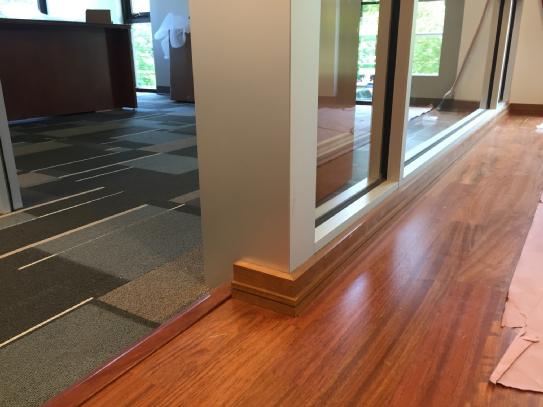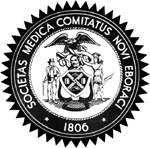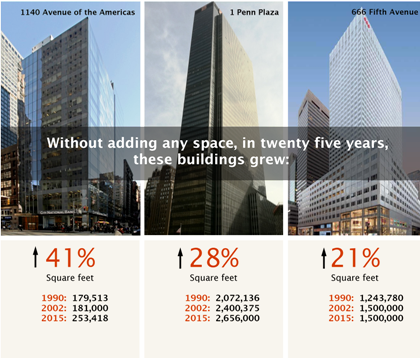
 No longer can healthcare practices rely on the single appointment and waiting room process. Managers of healthcare practices of all sizes and types increasingly recognize that effective patient flow is key to increasing revenue and improving efficiency for the practice and providing a positive experience for the patient. As the business manager of a fast-growing orthopedics group explained, “We have to get this right.”
No longer can healthcare practices rely on the single appointment and waiting room process. Managers of healthcare practices of all sizes and types increasingly recognize that effective patient flow is key to increasing revenue and improving efficiency for the practice and providing a positive experience for the patient. As the business manager of a fast-growing orthopedics group explained, “We have to get this right.”
In our increasingly busy lives, the experience of going to the doctor or treatment center is no longer simply making an appointment, and waiting to see a provider. Attention needs to be paid to how patients can move seamlessly from check-in to clinical practice areas to check-out, so that providers can operate efficiently and maximize time with patients.
When patients are treated in facilities and practices that minimize undue waiting, make destinations apparent and transitions comfortable, they feel respected and cared for. The result is happy, well-treated patients and enhanced practice revenue.
Here are five guidelines, developed from our experience, for ensuring good patient flow:
1) Clearly define patient destinations
Signage is the key. It may be as simple as lobby or parking lot signs directing patients to the correct floor or door. It may be signs within a practice clearly distinguishing check-in from check-out, or segregating patients by type of service needed.
A suburban specialty practice group with four locations found that its patients prefer visiting their doctor at an older, smaller facility rather than the central office. According to one of the senior physicians it is because “they know just where to go. It is less stressful.”
To continue reading: http://bit.ly/1IILyo0
 Wednesday, June 3, 2015 at 04:40PM
Wednesday, June 3, 2015 at 04:40PM  Note the detail which provides a transition between the floating wood floor and the glass front offices. The detail originally specified was more like the simple wood strip at left. The new, substituted millwork does a better job hiding the gap and marking the change in materials and function. Attention to detail creates value for clients.
Note the detail which provides a transition between the floating wood floor and the glass front offices. The detail originally specified was more like the simple wood strip at left. The new, substituted millwork does a better job hiding the gap and marking the change in materials and function. Attention to detail creates value for clients.


